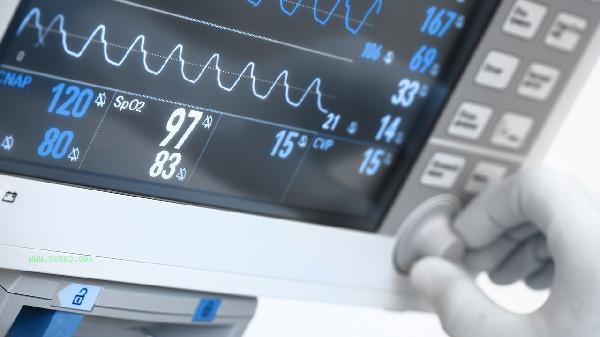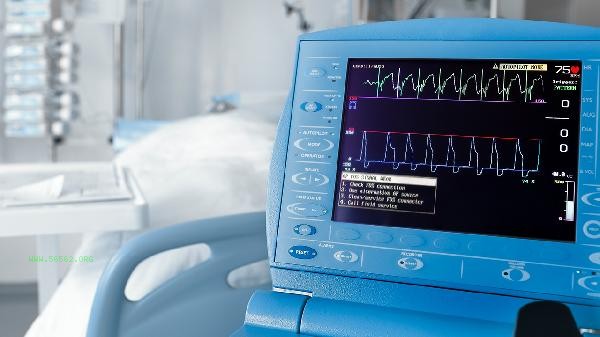Sinus arrhythmia can usually be improved by running, but the intensity of exercise needs to be adjusted according to the specific type and physical condition. Sinus arrhythmia may be related to factors such as abnormal autonomic nervous system regulation, electrolyte imbalance, and organic heart diseases. It is recommended to develop personalized exercise plans after evaluation by a doctor. Aerobic exercise such as running can help enhance heart function and improve the balance of autonomic nervous system regulation. Regular exercise can increase the sensitivity of the heart to the vagus nerve and reduce heart rhythm fluctuations caused by excessive sympathetic nervous system excitation. For mild sinus arrhythmia caused by physiological factors such as stress and staying up late, running at moderate intensity 3-5 times a week for 30-40 minutes each time may gradually stabilize the heart rate. It is recommended to wear a heart rate monitoring device during exercise to control the heart rate within the range of 60% -70% of the maximum heart rate. When there is organic heart disease or severe electrolyte imbalance, vigorous running may exacerbate abnormal heart rhythm. If accompanied by obvious palpitations, chest tightness symptoms, or frequent atrial premature beats and ventricular premature beats on electrocardiogram, blind high-intensity running should be avoided. These patients need to first correct their underlying diseases through medication treatment, and after their condition stabilizes, they can engage in low-intensity exercise such as walking or slow cycling under the guidance of a cardiac rehabilitation physician. Symptoms such as dizziness and chest pain during exercise should be immediately stopped and medical attention sought.

It is recommended that individuals with sinus arrhythmia warm up and relax adequately before and after exercise to avoid sudden increases in physical activity. Daily activities can be combined with deep breathing training, yoga, and other soothing exercises to assist in regulating heart rhythm. At the same time, attention should be paid to maintaining a regular schedule and balanced diet, limiting caffeine and alcohol intake. Regularly review the electrocardiogram and dynamically adjust the exercise plan according to the doctor's advice. Do not neglect the necessity of medical intervention by using running as the only means of improvement.








Comments (0)
Leave a Comment
No comments yet
Be the first to share your thoughts!